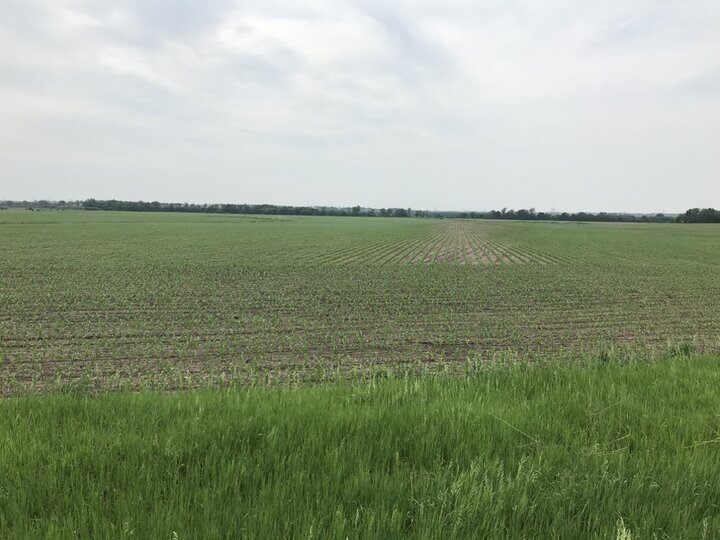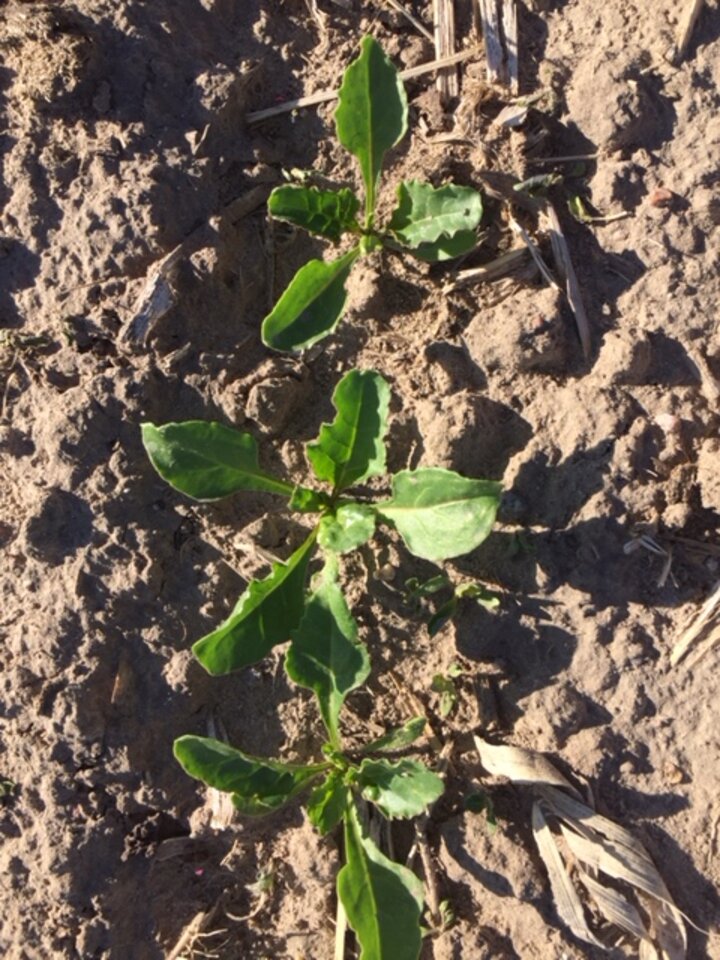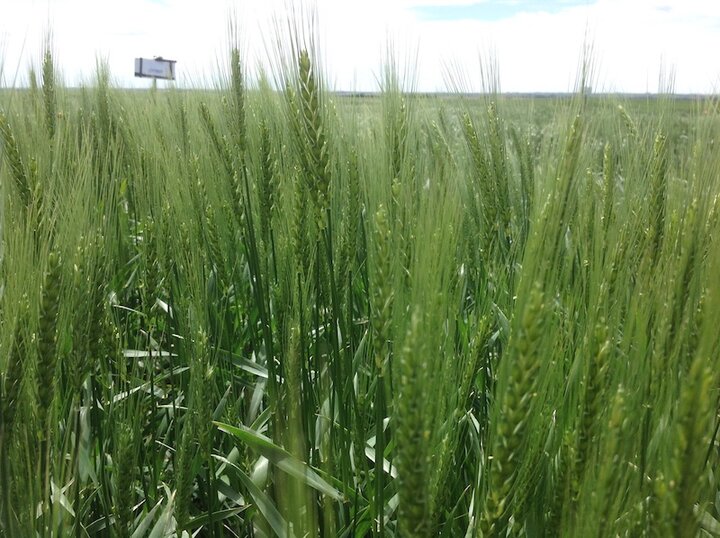Gary Lesoing
Extension Educator Nemaha County
Corn planting is essentially done in Nemaha County and the surrounding area, with soybean planting winding up. The area received much needed rain over the Memorial Day weekend, with most areas receiving 3-4”. There have been reports of alfalfa weevil larvae in several fields, and wheat is heading now. (5/28/20)

John Thomas
Extension Educator Northern Panhandle
Planting season is coming along well this year. We are a little bit on the cool side so some of the growth is slow. Sugar beets are well established and they are generally at the 4 to 6 true leaf stage. Corn is all planted with about 80 percent emerged. The earlier planted corn is at the V2-V3 stage. Winter wheat is coming along well with most fields in the mid to late boot stages. A few fields have the heads emerging. The majority of the wheat is looking good with some excellent stands. Dry edible bean planting is just beginning. Some growers have already planted black-eyed peas which are grown on a limited number of acres. Alfalfa is probably a week behind due to cool temperatures but some growers may be cutting alfalfa in 10 days. Alfalfa weevil has been present and some growers have tank mixed insecticide with glyphosate to manage them. Army cutworm was a problem in a few Kansas, Colorado and western Nebraska locations and we’ve had a moderate flush of the Army Cutworm moths as a result of this. They are a nuisance pest in homes and buildings. Overall crops are coming along well but we are a little cool and dry. (5/28/20)

Todd Whitney
Extension Educator Furnas, Gosper, Harlan and Phelps counties
Welcome rain arrived this past week in our West Central region with total rain amounts being from 2.20 to 4.50+ inches in Furnas, Gosper, Harlan and Phelps counties distributed over 3-4 days of rain events. Over 90% of area fields are now planted and emerged. Corn development ranges from V2 (2-leaves) to V4 (4-leaves) while soybeans are mostly in stages VC (cotyledon) to V2 (2nd node).
Wheat development varies widely based on drilling date; wheat variety selected; planting depth; and environmental stress factors. Some wheat fields are still exhibiting yellow leaves despite the rainfall. Chlorotic leaf conditions so far are resulting from nutrient deficiencies such as sulfur and potential disease factors such as Barley Yellow Dwarf Disease; Septoria Leaf Spot and some Tan Spot diseases. Wheat development ranges from 2nd node to flag leaf to early heading (pollinating). Plant height is shorter than normal, but the rains will likely improvement wheat vigor with at least one foot of plant height growth even after wheat head emergence from the flag leaf. (5/27/20)


Megan Taylor
Extension Educator Platte, Boone and Nance Counties
Corn in our area is ranging from planted to V3. Soybeans are emerging to V1. We had a pretty significant amount of rain over the weekend with totals ranging from an 1 to 2 ½ inches recorded in some locations within my territory. In alfalfa there are several fields that have alfalfa weevil. Damage is fairly limited and many fields are within 7 to 10 days of cutting as long as our weather dries up around the area. Several fields contain germinating summer annuals and post spraying may begin fairly quickly to control. (5/27/20)



